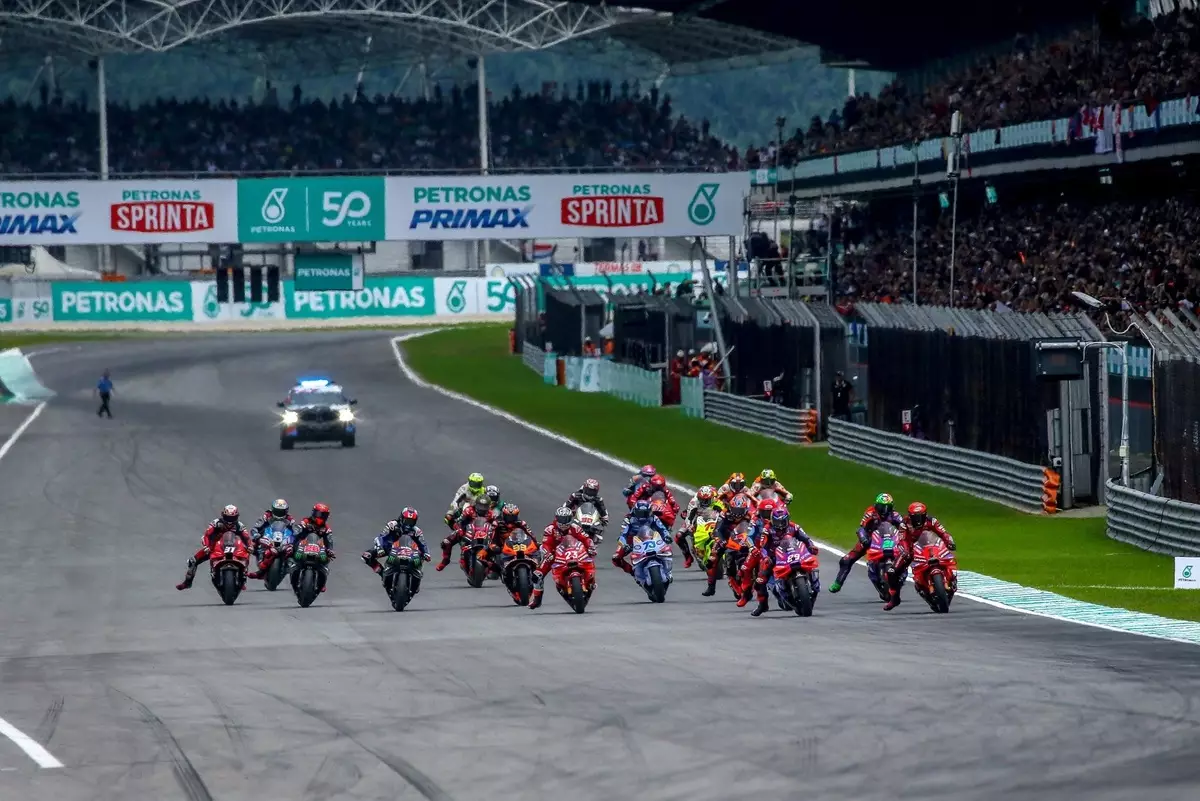The 2023 MotoGP season marked a pivotal shift in the racing format with the introduction of sprint races, disrupting the traditional structure that has defined the sport for decades. The decision to incorporate these shorter races has generated a mixed bag of reactions from fans, teams, and industry professionals alike. While many see the value in increasing spectator engagement and excitement, others argue that the new schedule intensifies pressure on teams and diminishes the significance of qualifying sessions. This debate highlights a fundamental need to re-evaluate how races are structured and the implications these changes have on competitors.
Proponents of sprint races cite their ability to add a layer of excitement to the weekend’s events. These shorter races capture fan attention and spark interest, giving audiences a thrilling experience in addition to the primary grand prix. For teams and sponsors, enhancing viewership directly correlates with increased revenue and visibility. However, the rapid format change raises questions about the long-term implications for rider performance and the integrity of the qualifying process.
The need to address the race weekend’s tight scheduling is urgent; the introduction of sprint races has led to a condensed timeline for teams to prepare and strategize. With less recovery time, team members often find themselves under considerable strain. In light of this, some critiques of the current structure focus on how it impacts the quality of the racing experience, as well as the mental and physical stamina of the participants.
Francesco Guidotti, a former team manager, has voiced significant concerns regarding the current MotoGP structure, suggesting that the sprint race results should ultimately determine the starting grid for the grand prix. Such a proposal seeks to alleviate the frantic nature of the traditional Friday qualifying session. With the current format that puts immense pressure on teams to perform in both practice and qualifying, it comes as no surprise that veteran figures in the sport like Guidotti advocate for change.
Under the existing layout, qualifying has transformed from a continuous focal point across the weekend to a pressured two-hour event that rapidly loses relevance post-sprint race. This inconsistency hinders visibility and media focus on qualifying sessions, effectively reducing their significance in the overall championship narrative. As Guidotti points out, this has led to qualifying becoming “a big risk for almost nothing,” diminishing its value in the eyes of both teams and riders.
The criticism extends beyond media focus; it examines how the current framework devalues the effort across the entire weekend leading up to the grand prix. Guidotti’s suggestion for a consolidated qualifying approach—combining results from both Friday afternoon practice and Saturday morning sessions—echoes a potential solution that could lead to more consistency and coherence in race strategy. This method would not only relieve some immediate stress but also enhance the overall competitive environment.
Moreover, the approach wherein sprint race results dictate the starting grid for the main event offers additional strategic opportunities. Riders placed lower down the grid would find themselves more motivated to push for better placings, knowing they could impact their chances in the main race. This reinforces the notion that competition should be fierce across all rankings and positions, rather than fostering an environment where only a select group is motivated to excel.
An important aspect of the proposal is the ripple effect it would have on rider behavior. Currently, there exists a notable apathy among those outside the top ranks during the sprint race, as finishing positions do not significantly affect their chances in the grand prix. Implementing a system where all riders must compete to secure their place could lead to fewer reckless maneuvers, as misjudgments would directly relate to their starting position for the main event.
By addressing these dynamics, MotoGP could cultivate a more engaging and competitive atmosphere where every participant, regardless of their current standing, is incentivized to push their limits and perform at their best.
The introduction of sprint races is a bold step in MotoGP’s evolution, but it necessitates a critical re-examination of how weekend events unfold. Addressing inconsistencies in the qualifying process and enhancing the relevance of all competitors could pave the way for a more efficient and compelling championship. By embracing the perspectives of seasoned professionals like Guidotti and experimenting with innovative formats, MotoGP can not only sustain its rich heritage but also secure its place in the future of motorsport.


Leave a Reply